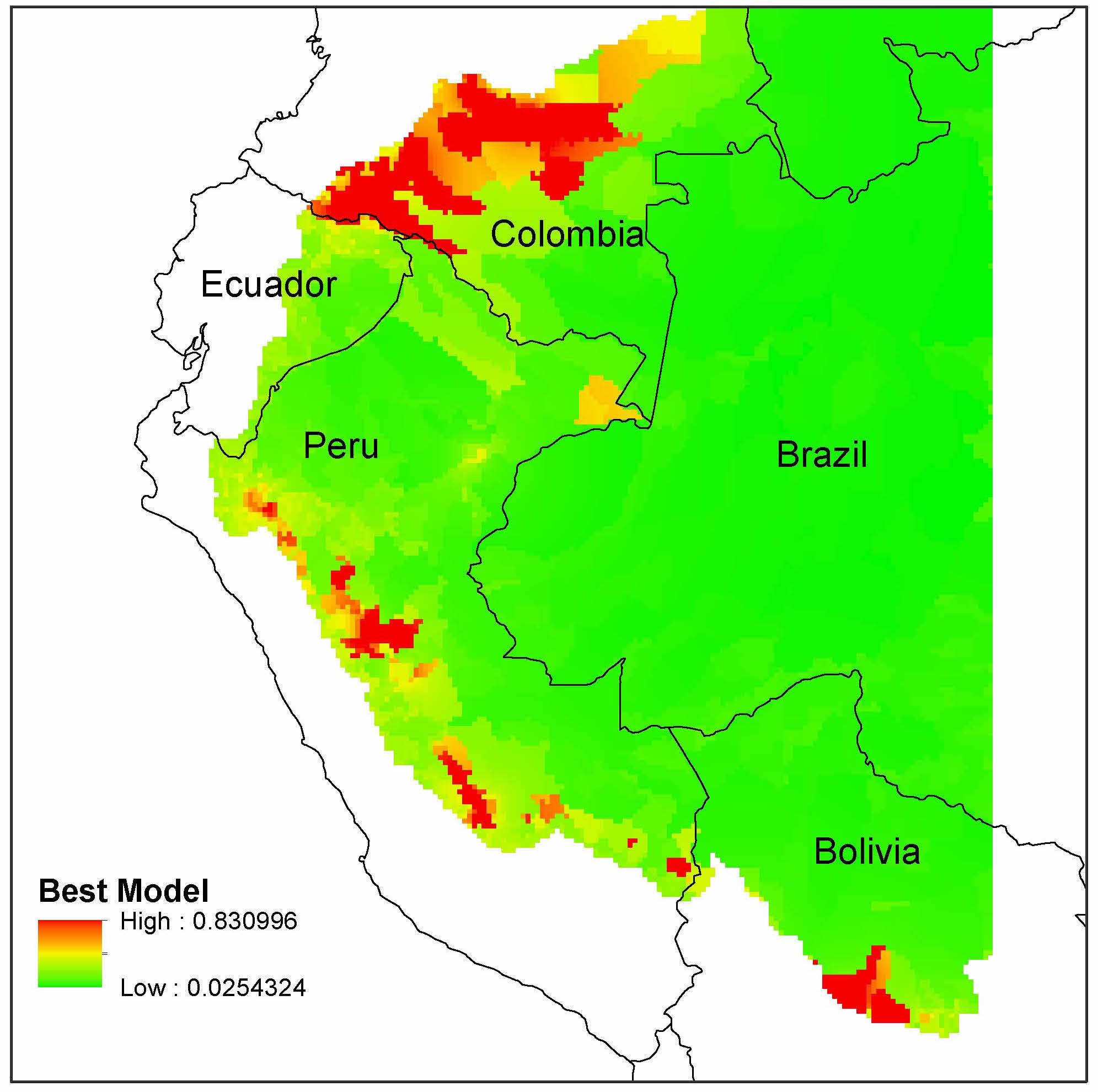Tracking and Targeting Illegal Deforestation
 Decision support challenge:
Decision support challenge:
To communicate priorities on tropical deforestation to the United Nations Office on
Drug and Crime (UNODC) for investigating illegal logging, mining, or illicit crop
cultivation.
Decision makers or end users:
Field offices in Colombia, Peru, Bolivia, Myanmar and Laos, where UNODC tracks cultivation
of illicit crops coca — the raw material used to process cocaine — and opium poppy.
The national governments and law enforcement branches of countries cooperating with
UNODC.
Research challenges and data skills relating to decision-making process:
Currently, UNODC field offices track illicit crops and environmental crimes through
annual surveys of remote sensing imagery combined with targeted aerial surveys and
site visits for validation. Machine learning techniques are deployed to expedite initial
analyses, but all decisions are made based on information hand-curated by a few experienced
technicians. The annual surveys are unresponsive to the need for immediate action,
and decision making currently occurs without modeling the impact of particular actions.
Developing real-time tools to quickly rank hotspots of land-use change for further
investigation will both increase the performance and reduce the costs of flights and
field visits. It will also enhance the ability of national governments to prevent
illegal deforestation. Using spatial data on illicit crops, illegal logging and mining,
bioclimatic variables, and remote sensing imagery, our multidisciplinary research
will produce the tools to track and forecast forest loss. More importantly, building
interactive visual scenarios will support interactive target prioritization.
Data science skills necessary to improve decision making:
First, data scientists need to effectively communicate with a law-enforcement audience
using non-technical language. The UNODC constituents uphold the Single Convention
on Narcotic Drugs and must adhere in their decisions to its protocols, amendments
and subsequent agreements. Second, it is critical to communicate uncertainty regarding
models and make explicit the assumptions underlying different scenarios. This work
bridges remote sensing, high-performance computing, and economic geography. The urgent
need for improved tools provides excellent motivation and impact for interdisciplinary
students.
Assessing improved decision making:
The effectiveness of improved decision making can be assessed by quantifying the performance
of flights and visits. Another metric is the change in deforestation rates over time,
as decision making shifts from its current format to real-time, interactive computational
tools.
